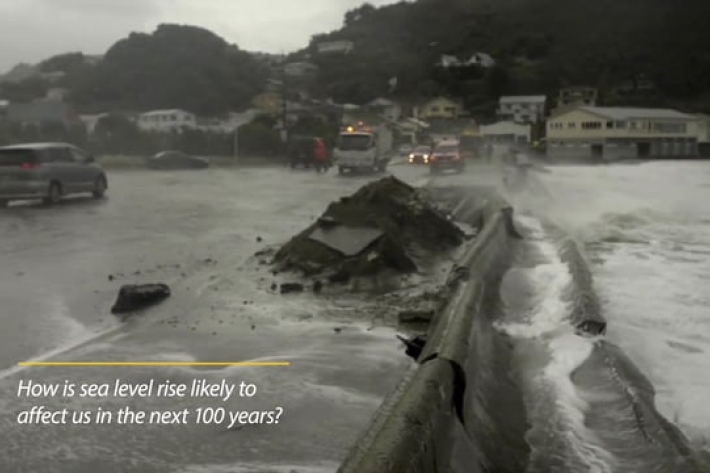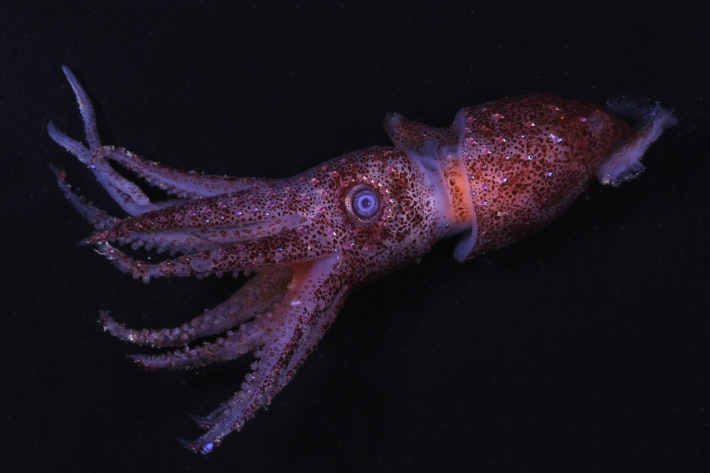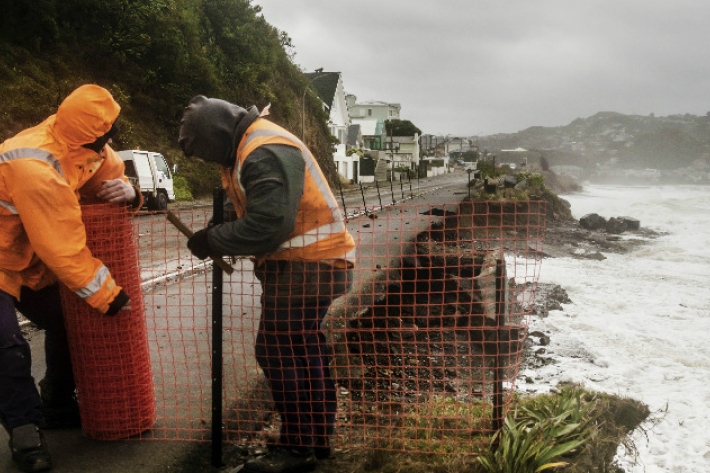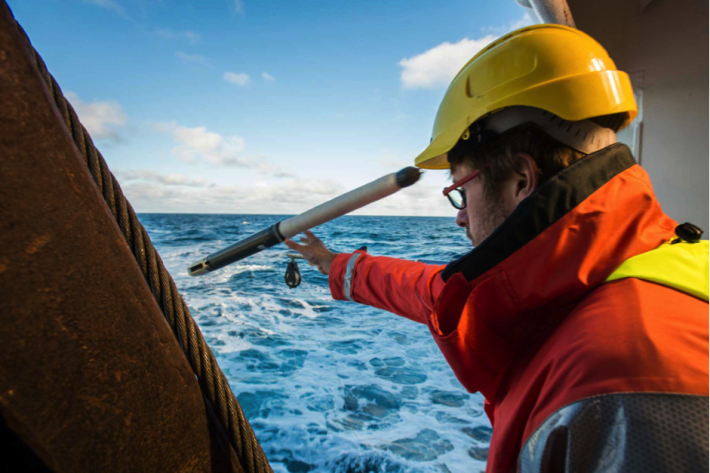-

David Wratt - How is sea level rise likely to affect us in the next 100 years?
-

David Wratt - What changes in weather can we expect from climate change?
-

NIWA's Hotspot Watch
Hotspot27 November 2015A hotspot persists and has expanded in the Wairarapa region. In the South Island, hotspots exist in eastern Marlborough and from central Canterbury through to northeast Otago. -

Recovering plants for reintroduction to Lake Ōmāpere
Research ProjectThree plants of an endemic submerged quillwort (Isoëtes) were recovered from Lake Ōmāpere by NIWA in 1998, prior to the lake weed (Egeria densa) dying off and the lake switching into an algal dominated turbid state. No further isoëtes plants have been observed in the lake since that time. -

Deep South National Science Challenge projects confirmed
Media release25 November 2015Understanding our future climate so New Zealanders can adapt and thrive is the aim of the Deep South National Science Challenge, which today announced its first allocation of funds to improve predictions of climate change. -

NIWA's Hotspot Watch
Hotspot20 November 2015A weekly update describing soil moisture across the country to help assess whether severely to extremely dry conditions are occurring or imminent. -

Critter of the Week: Histioteuthis – the cock-eyed squid
The squid genus Histioteuthis is commonly known as the violet or cock-eyed squid. -

NIWA's contribution to Parliamentary Commissioner for the Environment's report
News article19 November 2015The Parliamentary Commissioner for the Environment has released a report warning that New Zealand needs to better prepare for rising seas on its coastal towns and cities. -
The Fishes of New Zealand
Media release17 November 2015Te Papa has released a publication containing information, including pictures, distribution maps for all 1,262 known fish species found in our waters. -

NIWA's Hotspot Watch
Hotspot13 November 2015A weekly update describing soil moisture across the country to help assess whether severely to extremely dry conditions are occurring or imminent. -

The seesawing climate system
News article10 November 2015New Zealand scientists are part of an international team that has documented duelling ocean and atmospheric heat transport during periods of abrupt climate change. -

Southern Ocean seas and atmosphere
Research ProjectThis research voyage aimed to provide data to contribute to better global climate and oceanographic models
